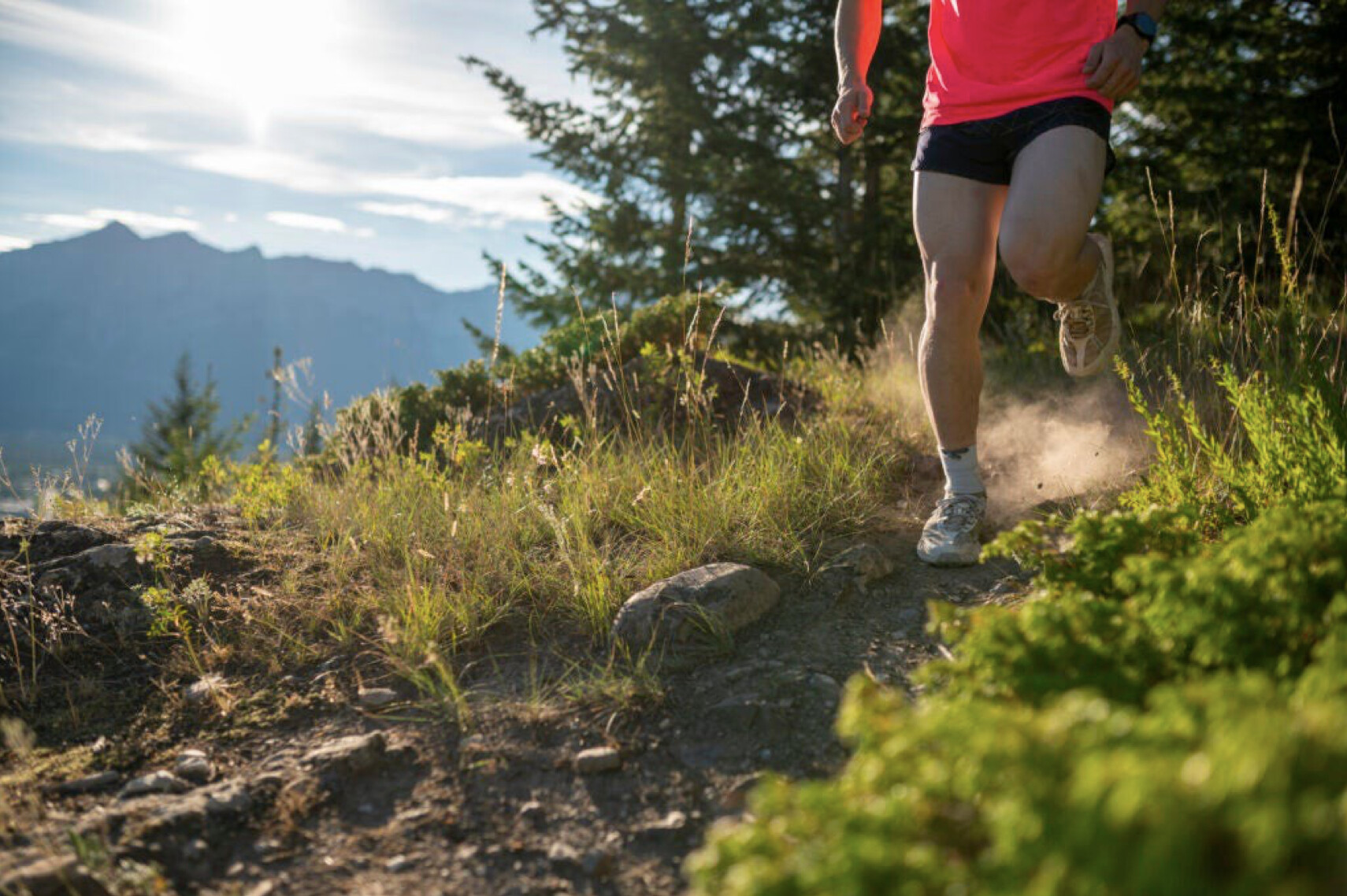Running News Daily
Running News Daily is edited by Bob Anderson. Send your news items to bob@mybestruns.com Advertising opportunities available. Train the Kenyan Way at KATA Kenya and Portugal owned and operated by Bob Anderson. Be sure to catch our movie A Long Run the movie KATA Running Camps and KATA Potato Farms - 31 now open in Kenya! https://kata.ke/
Index to Daily Posts · Sign Up For Updates · Run The World Feed
How To Run Short-Rest Strides To Improve Sustainable Speed
When we interviewed Adam Peterman in November, he described doing strides twice per week. That's interesting, but expected. Strides are a near-universal element of road runner training, where the margins separating the best athletes are paper thin. So it makes sense that trail runners would be doing strides too.
Adam described 8 x 20 second strides with just 40 seconds of easy running recovery. That's a pretty narrow recovery window! The men that Missy Elliott does not want last longer than 40 seconds. It's definitely not enough time to completely recover from a full-gas stride. Are we seeing a one-off phenomenon, or something with general takeaways for all runners?

I think that Adam's approach to strides demonstrates a cool training wrinkle that I have somehow never written about after all of these years. What a perfect excuse to dig into a fascinating training element! Let's get spicy, safely.
Training Theory Context of Strides
Mention short-rest strides to any training theory sicko, and the first thing they'll think about will probably be "diagonals." Common in many training camps in East Africa, diagonals consist of fast strides from one corner of an endzone to the opposite corner, with easy jog recoveries along the goal-line between each. Athletes will sometimes do diagonals for 30+ minutes, having it be a secondary workout focusing on speed endurance that has limited recovery cost.
Here's where it gets wild and a bit creepy. Reports from the camps often say that the diagonals take just under 20 seconds, and the recoveries take just over 40 seconds. My co-coach Megan used diagonals as one of her primary workouts to win multiple trail national championships. Similarly, track pros who do fast straights with turn recoveries often approximate the 20:40 second ratio. Who does that remind you of? My god is that Adam Peterman music?!
In running and cycling, 30/30s have overlap too. The Uphill Athlete coaches describe introducing intensity via up to 30 minutes of 30/30s for advanced athletes, saying that "the 30 seconds is just long enough for the athlete to accelerate up to a high speed, hold it for 15-20 seconds, and then decelerate into the rest." They say it improves high-end speed without significant metabolic cost, and cite that 30/30s are used by Kilian Jornet. I'd start fueling my runs with ivermectin if it was used by Kilian Jornet.
Physiologist Veronique Billat theorized that 30/30s maximize adaptations for velocity at VO2 max in runners, pioneered in a 2000 study in the European Journal of Applied Physiology. Theoretically, the session harnesses the principle that athletes stay at VO2 max for a few seconds after they stop running at VO2 max, so short-rest intervals optimize time spent at both fast speed and high aerobic demand. Cycling has adopted 30/30s, with top pros posting videos of these types of sessions.
They may even share some evolutionary lineage with "Tabatas," 20:10 second ratio intervals popularized after a 1996 study showed they had outsized benefits for some athletes (though see this article I wrote last year for an explanation of the time-horizon with Tabata intervals).
by Trail Runner Magazine
Login to leave a comment




